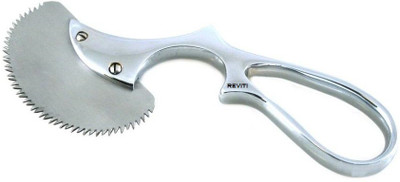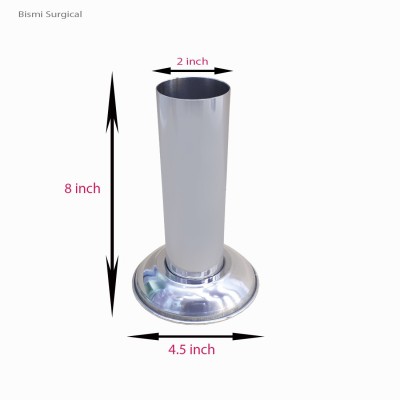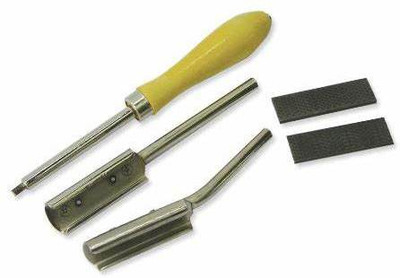
REVITI Tongue Depressor german steel Hand Held Retractor (Dental, Thyroid)
Share
REVITI Tongue Depressor german steel Hand Held Retractor (Dental, Thyroid)
4.6
18 Ratings & 1 ReviewsExtra ₹18 off
₹160
₹599
73% off
Available offers
T&C
T&C
T&C
T&C
Delivery
Check
Enter pincode
Delivery by9 May, Friday|Free
?
View Details
Services
- Cash on Delivery available?
Seller
Description
A surgical retractor is a medical instrument designed to hold back or "retract" tissues, muscles, or organs during surgery to provide the surgeon with better visibility and access to the surgical site. It plays a crucial role in minimizing tissue trauma and enhancing the efficiency of the procedure by maintaining a clear and open field of view. Surgical retractors come in various shapes, sizes, and mechanisms, each suited for different types of surgeries.
Key Features:
✔ High-Quality Material – Typically made of stainless steel, though some models may use titanium or plastic for lighter weight and specific applications.
✔ Variety of Designs – Includes hand-held retractors, self-retaining retractors, and specialized retractors tailored for different body areas and surgical procedures.
✔ Autoclavable & Reusable – Designed for sterilization and long-term use in operating rooms, ensuring hygiene and durability.
✔ Ergonomic Handles – Provides a secure, comfortable grip for surgeons, particularly for hand-held models that require prolonged use.
Types of Surgical Retractors:
🔹 Hand-Held Retractors – Manual retractors that require the surgeon or an assistant to hold them in place. Common types include:
Army-Navy retractor – Ideal for general surgeries, particularly for retracting soft tissues.
Richardson retractor – Used for deeper tissue or abdominal cavity retraction.
Senn retractor – Often used in orthopedic or plastic surgeries for smaller incisions.
🔹 Self-Retaining Retractors – These retractors hold themselves in place without the need for manual assistance, often adjustable for different surgical fields. Examples include:
Gelpi retractor – Frequently used in orthopedic and neurosurgeries, it holds back deeper tissues.
Weitlaner retractor – Useful for orthopedic and soft tissue surgeries.
Balfour retractor – Common in abdominal and pelvic surgeries, provides a wide surgical exposure.
🔹 Specialized Retractors – Designed for specific procedures, such as:
Finochietto rib retractor – Used in thoracic surgery to retract the ribs and access the chest cavity.
Laparoscopic retractors – Small, specialized retractors used in minimally invasive procedures.
Surgical retractors are essential in increasing the efficiency of surgeries while minimizing damage to surrounding tissues. Their role in exposing vital organs and structures is crucial to the success of many procedures, from abdominal surgery to orthopedics and neurosurgery.
Read More
Specifications
General
| Brand |
|
| Model Number |
|
| Type |
|
| Suitable For |
|
| Material |
|
| Length |
|
Legal Disclaimer
|
Ratings & Reviews
4.6
★
18 Ratings &
1 Reviews
- 5★
- 4★
- 3★
- 2★
- 1★
- 14
- 2
- 1
- 1
- 0
5
Wonderful
Value for money
READ MOREFlipkart Customer
Certified Buyer, Bhadrak
Jul, 2023
0
0
Report Abuse
Have doubts regarding this product?
Safe and Secure Payments.Easy returns.100% Authentic products.
Back to top







